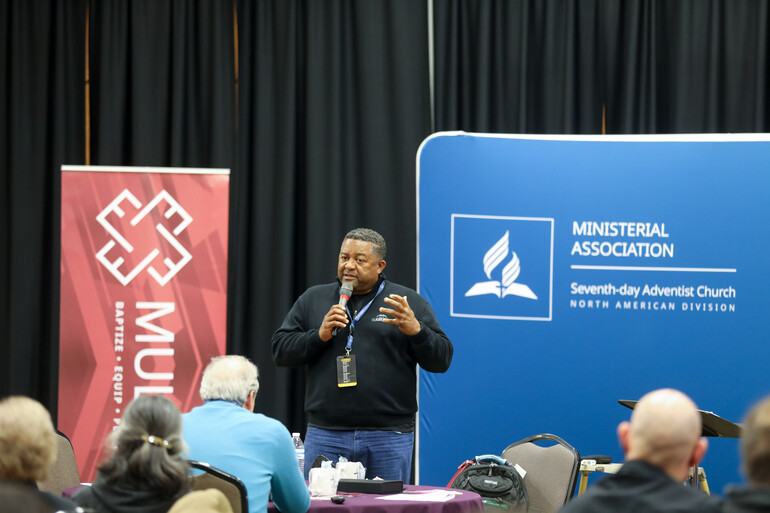Have you noticed that attendance is significantly down in your local church? You aren’t alone.
In fact, according to research by eAdventist Membership Services, church attendance is down 72% during the pandemic (virtual and in-person) in North America.
Church leaders say it’s time to take a refreshed look at the local church’s ministry, mission and purpose through one of two approaches: church planting or church revitalization.
In November, the North American Division Ministerial Association hosted an inaugural Church Revitalization Boot Camp in Washington state. It was followed by a Church Planting Boot Camp. The events identified best practices for churches to evaluate their current status, pray through a new vision, find renewed growth and be equipped to start a new church.
“Every church in the North America Division needs some type of revitalization,” said Ivan Williams, NAD ministerial director. “Some churches love their history, but don’t have much to look forward to with their future. We are really focusing on revitalizing churches, not just in attendance, not just in tithe, but also in multiplication growth of people, because Jesus loves people.”
The difference between a declining church and a growing church is often a slight shift in thinking from the “what” of ministry to the “why.” This thought process — examining why we do specific aspects of ministry — helps church leaders refocus on their God-given mission. It helps realign ministries based on the church’s purpose and engage in growth-driven ministries such as evangelism, first impressions, worship services, children’s ministry, prayer and Bible study.
“In Washington Conference, the vision is to see every church a growing church,” said Doug Bing, president. “We want to see our churches growing, thriving and multiplying, so we invested in these boot camps by sponsoring any interested pastor and up to five local leaders from each church.”
Because the response to both boot camp events was positive, the Adventist Learning Community is working to make the curriculum available for additional leaders to receive training.
Churches who choose a church planting approach have a blank slate for equipping disciple-makers, serving the community, creating a new church culture, meeting weekly and seeking a pathway to becoming a multiplying church.
“Church planters are pioneers; they have a certain drive and tenacity to explore new territory,” reflected Bill Roberts, Washington Conference ministerial director. “We need church planters and church revitalizers to [help] our church grow.”
“Church planting opens up more missional lanes for more disciples,” said Jose Cortes, Jr., NAD ministerial associate director. “If we are not praying, visioning, planning and working to multiply, we are planning to die. If our church can only reach people who think, dress, eat and worship like us, we will never be able to reach those who are different from us. Jesus came to save them too.”













